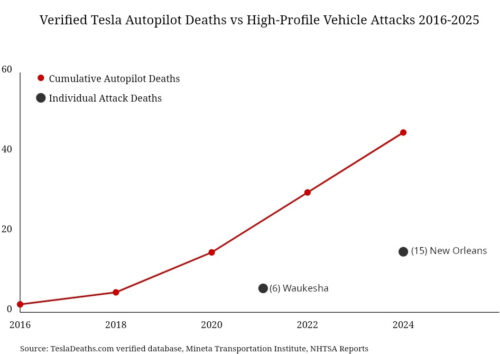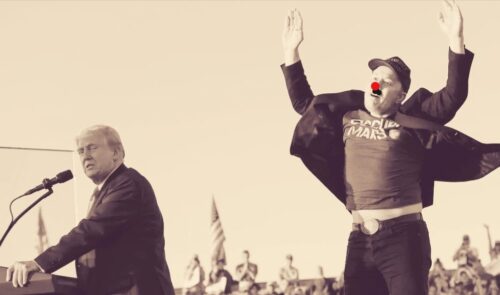This is the kind of lawsuit we should have seen in 2016. Dozens killed by Tesla, and believed to be far more, are a direct result of the American justice system moving so slowly compared to the Silicon Valley lies (e.g. hush money paid by Tesla to settle lawsuits and silence courts).
“Thousands of Tesla drivers have relied on Tesla’s ADAS technology as though it were capable of safe, fully autonomous self-driving with minor software updates when in fact it is incapable of safely handling a variety of routine roadway scenarios without driver input,” the complaint said.
The case is Dryerman et al v Tesla Inc, U.S. District Court, District of New Jersey, No. 25-11997.
The victims’ Tesla, like thousands of others, veered uncontrollably and without warning like it was designed to be a death trap.
A video from a rare survivor has captured exactly what happens when a Tesla “veers” suddenly to kill the occupants.
Just in the past few weeks Tesla has been driving on the wrong side of the road and blowing through red lights, crashing broadside into other cars.
Tesla stands as one of the worst engineering disasters in history, when you consider its driverless death toll is higher even than domestic terrorism.

Imagine being the survivor of a family tricked into trusting the Tesla killer, unaware they chose a fate worse than domestic terrorism.
Other than slow moving lawsuits what can an American do? The government is allegedly now run by the corporations that intend to profit from unaccountable harm.
